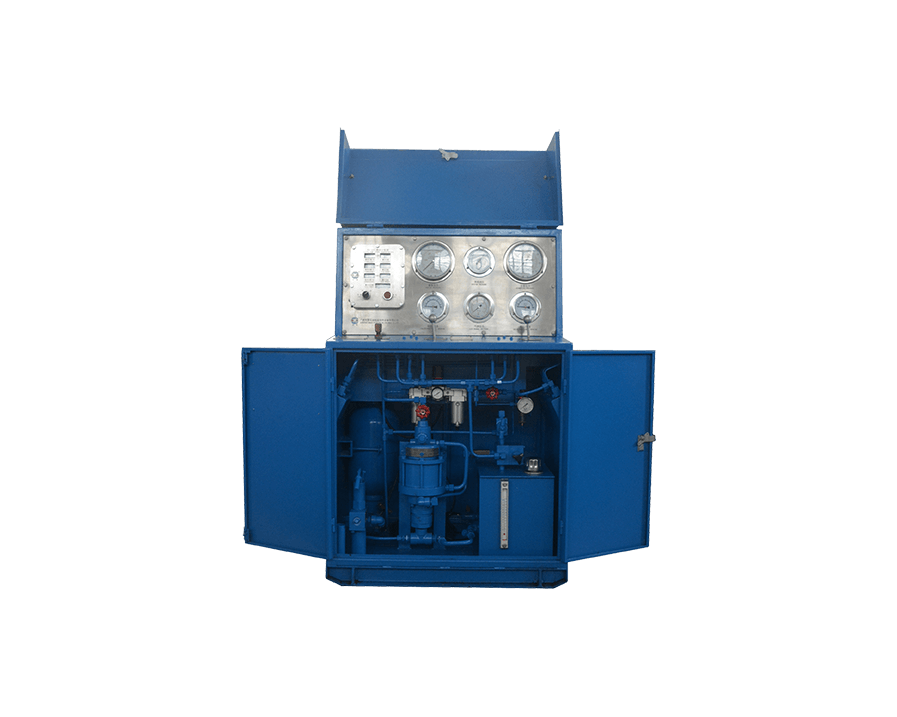Choke and manifold are two essential components of an oil rig. The choke is used to control the flow of oil from the well, while the manifold distributes the oil to the various processing and storage facilities.
In this article, we will discuss the definition, function, and types of chokes and manifolds. We will also discuss the hydraulic choke manifold, which is a type of choke that is commonly used in offshore oil rigs.

A choke is a device that is used to control the flow of fluid through a pipe. In the context of an oil rig, the choke is used to control the flow of oil from the well.
The choke is typically located on the wellhead, which is the top of the well. The choke is connected to the wellbore, which is the hole that goes down to the oil reservoir.
A body: The body is the main part of the choke. It is typically made of steel or aluminum.
A valve: The valve is used to control the flow of oil.
A pressure gauge: The pressure gauge measures the pressure of the oil.
Function of choke
To control the flow of oil from the well
To regulate the pressure of the oil
The choke is used to control the flow of oil by adjusting the size of the opening in the valve. When the opening is small, the flow of oil is reduced. When the opening is large, the flow of oil is increased.
The choke is also used to regulate the pressure of the oil. The pressure of the oil can be increased by closing the valve. The pressure of the oil can be decreased by opening the valve.
Manual chokes: Manual chokes are operated by hand. The operator turns a wheel or knob to adjust the size of the opening in the valve.
Automatic chokes: Automatic chokes are operated by a computer or other automated system. The system automatically adjusts the size of the opening in the valve to maintain a desired flow rate or pressure.
A hydraulic choke manifold is a type of choke that is commonly used in offshore oil rigs. The hydraulic choke manifold is a system of valves and pipes that is used to control the flow of oil from the well.
The hydraulic choke manifold has a number of advantages over manual and automatic chokes, including:
It is more precise in controlling the flow of oil.
It is more reliable and durable.
It is easier to operate.
Choke valves: The choke valves are used to control the flow of oil. The valves are typically operated by hydraulic actuators.
Manifold: The manifold is a system of pipes that connects the choke valves to the well.
Control system: The control system is used to operate the choke valves. The control system is typically a computer-based system.
The hydraulic choke manifold works as follows:
The operator enters the desired flow rate or pressure into the control system. The control system then sends a signal to the hydraulic actuators. The actuators then adjust the size of the openings in the choke valves.
The hydraulic choke manifold is a versatile and reliable system that is used to control the flow of oil from offshore oil rigs.
Chokes and manifolds are essential components of an oil rig. They are used to control the flow of oil from the well and to regulate the pressure of the oil.
The hydraulic choke manifold is a type of choke that is commonly used in offshore oil rigs. It is a precise, reliable, and easy-to-operate system that is used to control the flow of oil.
By continuing to use the site you agree to our privacy policy Terms and Conditions.